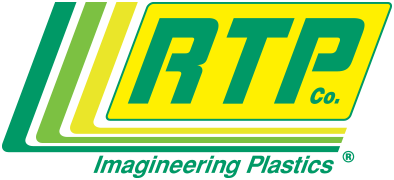Search Case Studies
In-demand features give aquaculture organizations a revolutionary improvement in assessment techniques-with a little help from polymer science.
For the commercial aquaculture industry and researchers alike, arduous “hand-counting and clicking” has long been the standard for assessing marine organisms such as shrimp, trout eggs, or algae in a sample of marine water.
Grad student Valerie Robitaille thought that she had a significantly better way—an electronic device using light sensors and custom-computed, species-specific algorithms that could accurately size and count them in the sample automatically. However, in developing her application, XperCount, she and her team soon experienced a setback from an unexpected place.
“Creating the bucket to pour the water sample into, seemingly a relatively simple matter, proved to be a big challenge,” noted Louis Bourgault, Director of Production for Robitaille’s company, XpertSea.
To operate properly, the bucket had to be fully opaque on the outside to ensure that no outside light got in, and be bright white on the inside to allow accurate performance of the light sensor. No ordinary, off-the-shelf materials could meet those criteria—even when they soldered a bright white insert inside.
So XpertSea turned to custom molding as a solution, and began the search for a white resin that was completely opaque to external light. In addition, the resin had to meet FDA food grade requirements, it had to withstand chlorine and every disinfectant that might be used in any hatchery anywhere in the world, and it had to meet the limitations of the company’s existing molds for the two part product.
“Fortunately, we found RTP Company,” said Bourgault. “It took some back and forth and testing to get the recipe exactly right, but RTP Company helped make it a smooth process.”
The heart of the machine—the computer that forms an “electronic lid” at the top of the bucket—also relies upon RTP Company materials in the housing, the gaskets, the buttons, and the handle on the bucket itself. These and other parts meet some of the same performance challenges as the bucket, such as demonstrating broad chemical resistance and food grade safety.
“We felt very comfortable working with RTP Company on these items, as well,” said Bourgault. “But compared to the bucket challenge, this side of it was very easy for RTP Company!”





